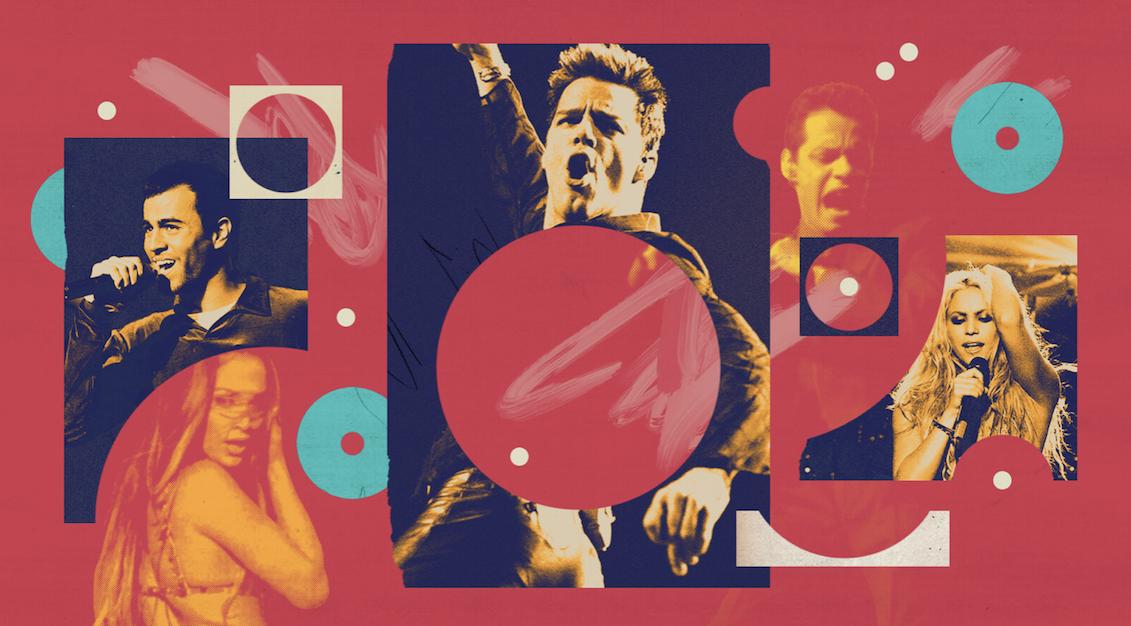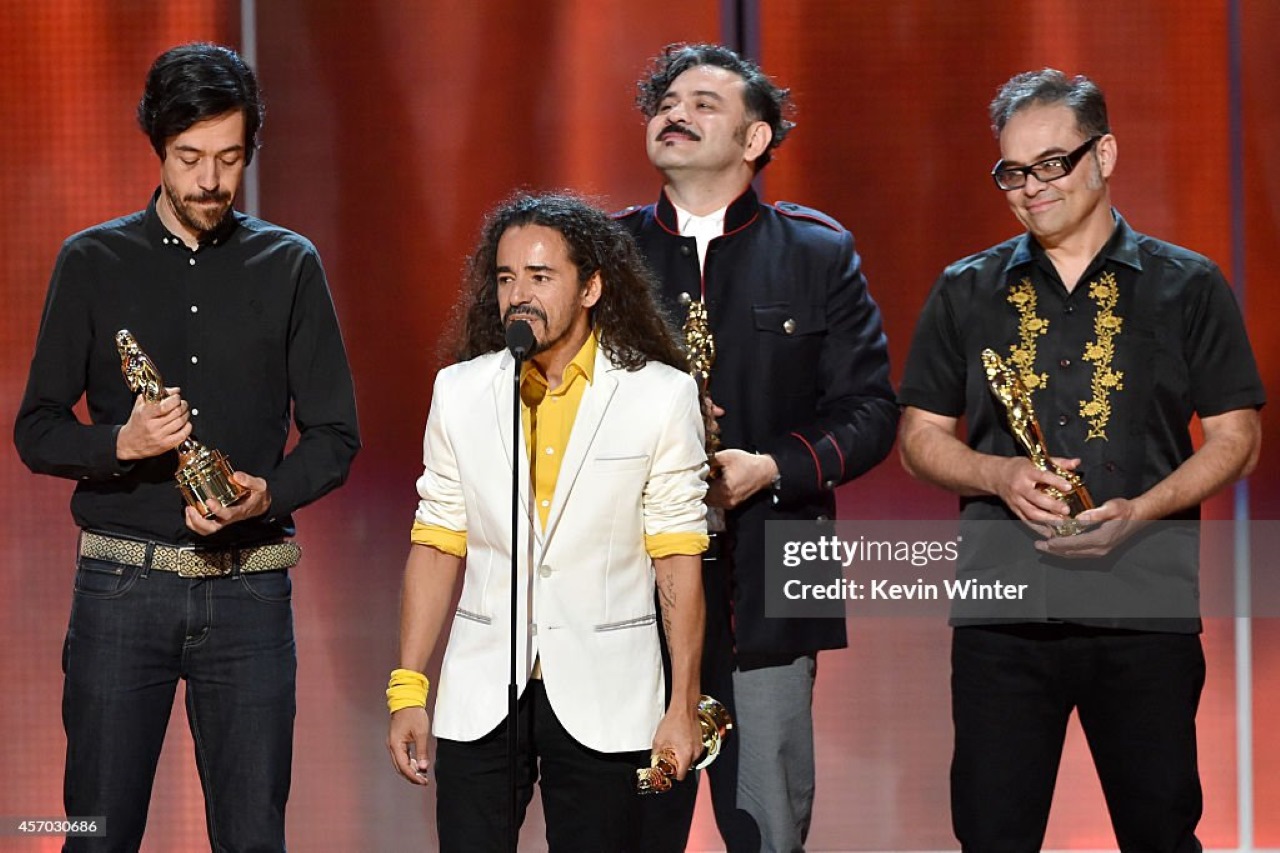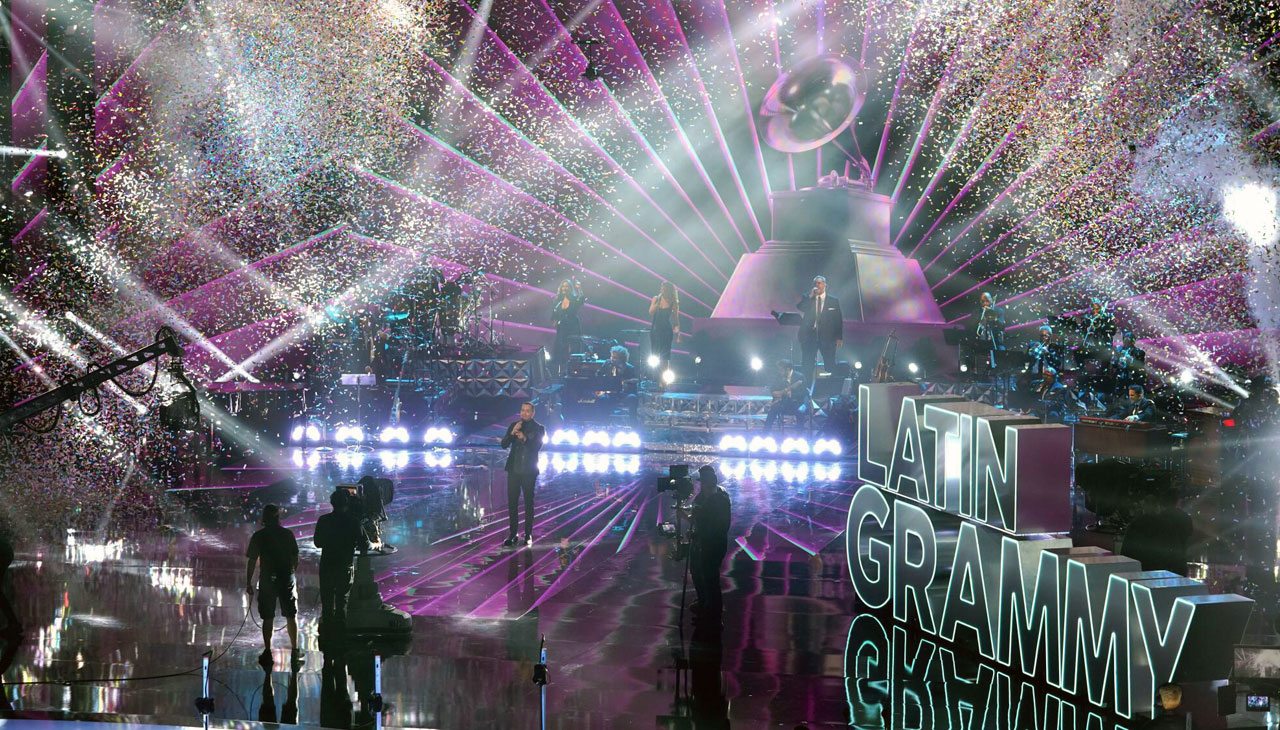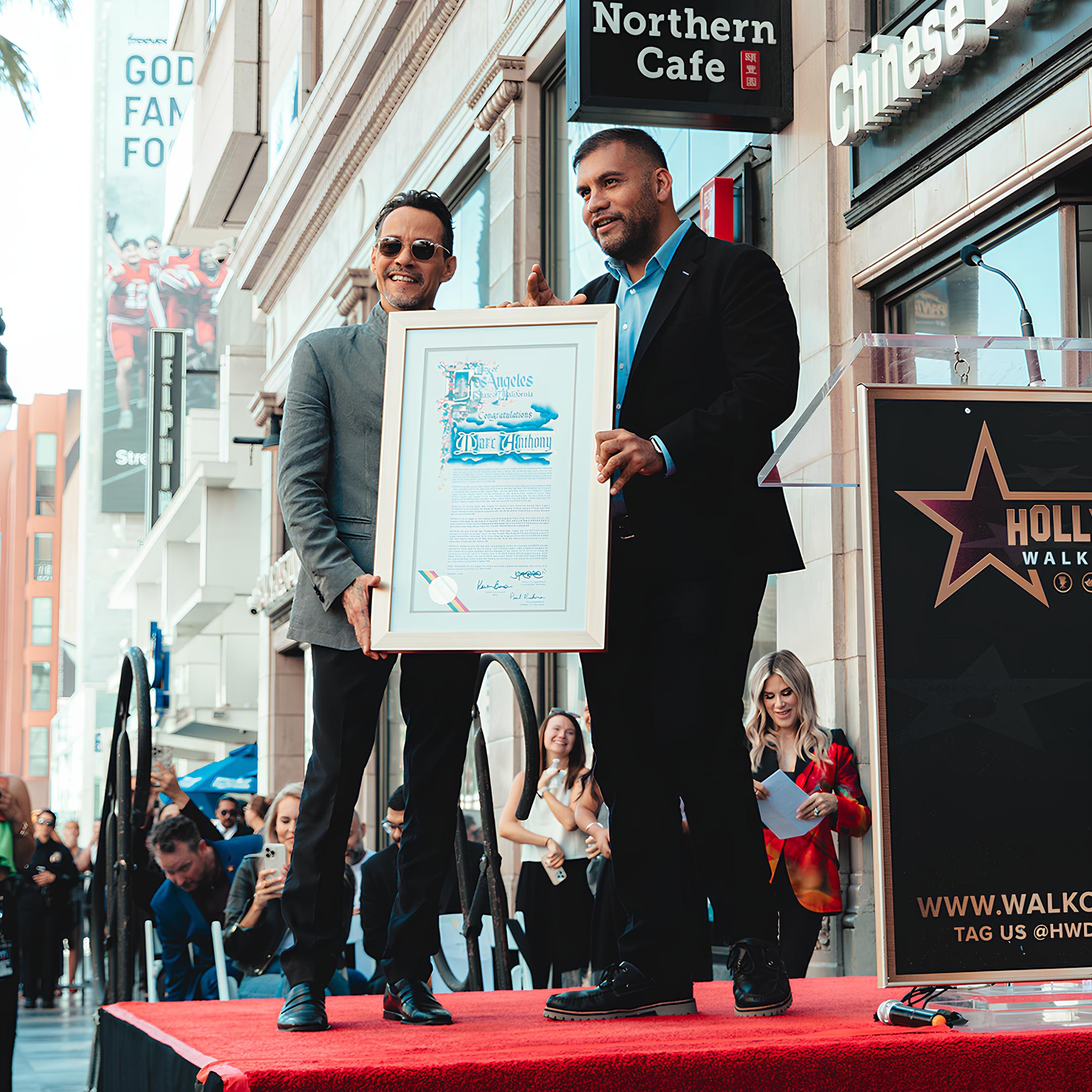
Exploring the ‘Latin explosion’ of the late ‘90s and early 2000s on ‘It’s Been a Minute with Sam Sanders’
AL DÍA spoke with Sanders and It’s Been a Minute producer Andrea Gutierrez to discuss its latest episode.
Podcaster Sam Sanders took a recent look at popular music’s ‘Latin explosion,’ as first observed in the late 1990s and early 2000s.
The conversation took place on Sanders’ NPR podcast, It’s Been a Minute with Sam Sanders.
Sanders has been working with NPR since 2009. It’s Been a Minute with Sam Sanders is a weekly podcast consisting of interviews and news wraps, and it posts two episodes per week.
The latest episode, “1999's 'Latin Explosion' chased crossover hits. Today, Latino artists don't need them,” is the third episode of a three-part series on crossovers in pop music. The episode was co-hosted by NPR’s Andrea Gutierrez.
Sanders views the episode as a “case study” of a crossover event that perhaps didn’t need to be, and the state of crossover in general today, as genre-lines become increasingly blurred.
This ‘90s ‘Latin explosion’ is described as a significant uptick in Latin artists on Western radio airtime, beginning with the international success of Ricky Martin’s "Livin' La Vida Loca."
Following Martin’s electric performance of "La Copa De La Vida” at the 1999 Grammy Awards — garnering the artist Western attention — record producers searched for the next Latin hit.
This led to the creation of Martin’s “Livin’ La Vida Loca,” a song often cited as a major building block for the ‘90s Latin explosion.
This moment led to the rise of artists such as Jennifer Lopez, Shakira, Marc Anthony, and Enrique Iglesias who dominated Billboard charts during the era.
While cultural intersection is a celebrated and more natural commonplace today, the particular Latin explosion in question was heavily rooted in marketing efforts.
“Going back over the songs, the videos, and the presentation of these artists — 20-years removed from that moment — you realize how clunky the whole presentation was,” said Sanders.
Sanders delved further into his perception of this moment in popular music, looking at factors from a point-of-view of the past but also today’s:
“There were these artists trying to make a thing that, I think, executives thought was wanted, but perhaps wasn’t needed. So you end up with artists like Shakira dying her hair blonde and being forced to sing in English, in a way that we kinda nodded our heads to and danced to back then, but now it feels clunky,” he said.
NPR producer Andrea Gutierrez walked through the experiences she had researching this shift in the mainstream, one that she very much lived through.
“I’m Chicana, I grew up in Southern California… doing a deep dive into the background and stories behind how the songs were made… it’s been enlightening and some of it confirms what my feelings were at the time of what the whole thing was,” she said
Twenty years later, artists of Latin descent reach audiences worldwide through self-made culture, projected with the help of online platforms.
“There was this assumption that dumb Americans, like me, couldn’t enjoy a song unless it was in English,” said Sanders. “We see now, in the last several years, that’s not the case, and it was probably never the case.”
Sanders believes that creatives, executives and corporate structures need to be more aware of what consumers can handle.
The Grammy Awards had not wanted Ricky Martin to perform in 1999, since he was Latin and unknown, but after the surprise success of his performance, mainstream music took a particular path.
Starting in the late ‘90s, a few years too early for streaming, music executives sought repeatedly for new Latin stars. The goal was to channel preexisting pop mainstays, but incorporate aspects of Latin music.
“We can’t divorce what was going on in pop music and the music industry at the time from what was going on in the world,” said Gutierrez. “There was a lot of conversation at the time about the Latino-ization of the U.S., that this was a growing population.”
Sanders believes a shifted focus towards Latin artists in the mainstream, at the time, was an attempt to advertise to primarily Western audiences, and meant to capitalize off Latin music’s increasing worldwide attention.
Gutierrez shared her belief that it all came down to timing, and that as the Western world was adjusting to an influx of Latino populations, the music industry was attempting to do the same.
“You had a lot in politics… in California, there were various bills going through that were reactions to a growing population of Latinos,” said Gutierrez.
“You have this growing power… a population you can market to, but it’s also coming at the end of what the music industry was like at that time. There were massive conglomerates taking over, but it was also right before everything went digital,” she continued
RELATED CONTENT
The switch to digital derailed the growing mainstream attempt at a Latin explosion, just as digital options would continue to derail and alter the norm of media consumption for years to come.
Gutierrez, an assistant producer on It’s Been a Minute with Sam Sanders, believes the attempted Latin explosion came off as opportunistic, especially in hindsight.
A high school student at the time “Livin’ La Vida Loca” was released, Gutierrez perceived the Latin explosion as embarrassing, and a forced media blitz.
“Even that phrase ‘Latin explosion.’ I couldn’t shake the feeling of being marketed to,” said Gutierrez in the episode. “Like someone had captured lightning in a bottle, but that bottle was market-tested and focus-grouped to death. And I wondered: who is this for?”
Gutierrez says it was difficult to unpack the negative feelings she had for the Latin explosion, and cited the moment as an indicator of “waning importance” of the crossover.
She related this to an occurrence in Latino communities and families, a feeling of having to make yourself palatable to white, Anglo, English-speaking audiences.
“That is something people experience in their own lives and their own homes,” said Gutierrez.
The Latin explosion was influenced by mainstream music’s “bottom line”: a focus on maximizing consumer interest in a product, but radio gatekeeping, and designated power bestowed upon record labels, has since disappeared.
“When you think of ‘bottom line,’ the bottom line is just bigger [today], and no one’s in charge of it anymore,” said Sanders. “The bottom line is just all of the levers and mechanisms used to control access… they are going away.”
One major contributor to the Latin explosion’s underlying flaws is that Latino people come from varied backgrounds, have different experiences and different wants and needs.
“All I need is my smartphone to find whatever I need, whatever I want… I don’t need any executive to tell me what I want,” said Sanders.
Today, Latin populations do not need record executives attempting to pinpoint what interests them. It’s all out in the open, and available to anyone with internet access.
Regardless of the Latin explosion’s attempts, Latin populations have no need to question what they listen to. Instead, like many people, these populations are confident in the culture and media they enjoy, and the culture has been growing since.
The Latin explosion episode of It’s Been a Minute with Sam Sanders is available now.











LEAVE A COMMENT:
Join the discussion! Leave a comment.